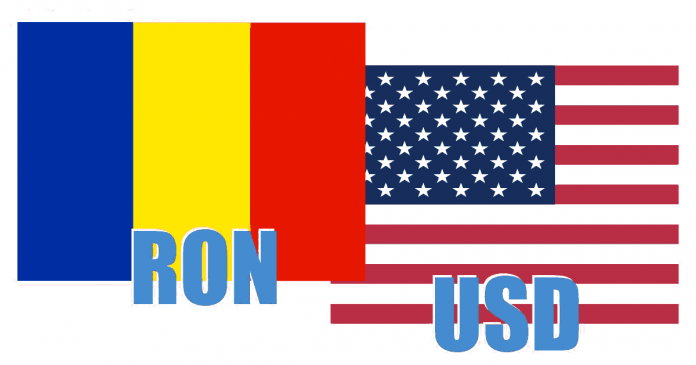
Before performing a technical analysis on Romanian leu, it is beneficial to look at the list of overall developments in Romanian economy in the course of past few years, which can approximate us the context in which the Romanian currency finds itself today.
According to various data published by the National Institute of Statistics as well as the International Monetary Fund[1], between 2016 and 2018, salaries in the Romanian public sector grew at over 20% rate each year. Paired with the low unemployment in Romania, also the wages in the private sector also increased by several dozen percent. In around the same period of time, the basic VAT rate dropped from 24 to 19%, which had a negative effect on the state revenues, which was additionally topped by spending on pensions, which according to IMF, increase from RON 51 to 68 billion between 2016 and 2019 (predictions) and the overall increase in other types of social benefits[2]. The growths in the salaries have had an obvious impact on the growth of the consumption, which in turn resulted in the significant GDP increase.
In 2017, Romania was an EU champion when it comes to GDP growth, which registered an increase of 7%. The fast pace has alarmed the IMF which has warned Romania of potential overheating of the economy, which we can be slowly starting to see. In 2017, the inflation was approximately 3,4% an average level that the IMF expects Romania to maintain in the 2018-2023 period. However, it is not the price increases that are today being considered the biggest threats to the Romanian economy but rather the legislative unpredictability and instability.
When before Christmas 2018, Romanian government decided to introduce a set a tax measures that hit heavily the banking, telecommunications and energy sectors, the Romanian capital market took a hit and so did the local currency, leu. While the Bucharest Stock Exchange indices mostly recovered in past 4 months of 2019, the currency continues to plunge, and there are no signs of stopping since the downward trend has begun already at the beginning of 2018, when we have started seeing the stable weakening of RON in relation to the USD.
Another alarming signal coming from Romania is the fact that in the past years, the consumer demand has been met by heavy imports. The IMF data show that at the beginning of 2018, the salaries in Romania were inflated by around 20%[3] when compared to the production capacity of the local economy. This means that the salaries increase about which we talked at the beginning, were not linked to the productivity, which now leaves Romanian economy unable to meet its consumption or investment needs while the country heavily depends on the imports. This paired with the increase in wages and the consumption shows us that Romania’s growth cannot be sustainable in the medium-term and we can expect further negative effects on the economy and also, linked, on the local currency.
USD-RON technical analysis
Since the beginning of 2018, we have seen a stable weakening of RON in relation to USD. From the level of 3.7250, the dollar has defeated the barrier of 4.0000 already mid-2018. Currently, the level of 4,230,000 is being tested, which is linked to the wide downward ‘head and shoulders’ formation which has been spreading over the market since 2015.
If the level of 4.2300 is not permanently overcome in the nearest future, or is only slightly affected, the chance of weakening of the dollar will increase. The supply could then fight for negation of the current growth trend and bring quotations to the support area at the price of 4,0800 in the course of next few weeks.
Until then, the upper target is the level of 4,3100, resulting from the equation of successive growth waves, with the prospect of an attack on the local maximum from the turn of years 2016 and 2017, which was at the price level of 4.3400.

Source: Aforti Exchange
***
The content presented in this expert commentary is the private opinion of the author and does not constitute investment recommendations. The author is not responsible for investment decisions taken on the basis of this information, nor for the damages incurred as a result of investment decisions taken.
***
Headquartered in Warsaw, Poland, Aforti Exchange is part of Aforti Holding, financial group listed on the NewConnect market of the Warsaw Stock Exchange. Aforti Exchange, through its online platform www.afortiexchange.ro, provides Romanian entrepreneurs with a modern and safe alternative for exchanging money. Aforti Exchange entered Romania in October 2017. In November 2018, the Group announced that Aforti Finance IFN received an approval from the National Bank of Romania and is ready to begin operations as a local non-banking financial institution, offering loans to entrepreneurs from Romanian start-ups and SMEs environment.
[1] Source: https://www.imf.org/~/media/Files/Publications/CR/2018/cr18148.ashx, p. 24
[2] Source: https://www.imf.org/~/media/Files/Publications/CR/2018/cr18148.ashx, p.39
[3] Source: https://www.imf.org/~/media/Files/Publications/CR/2018/cr18148.ashx, p. 24



























